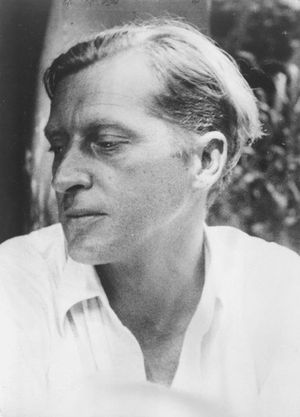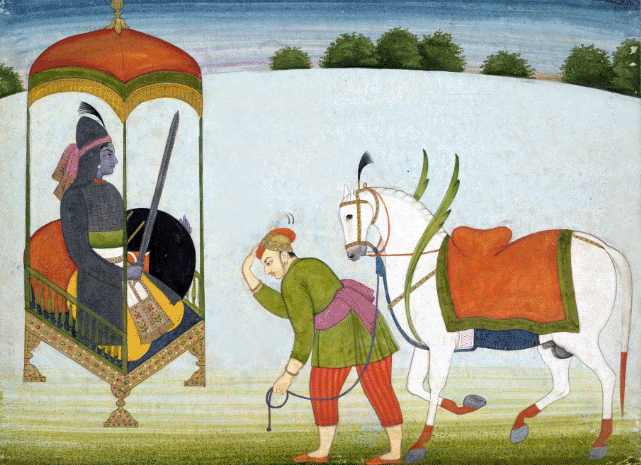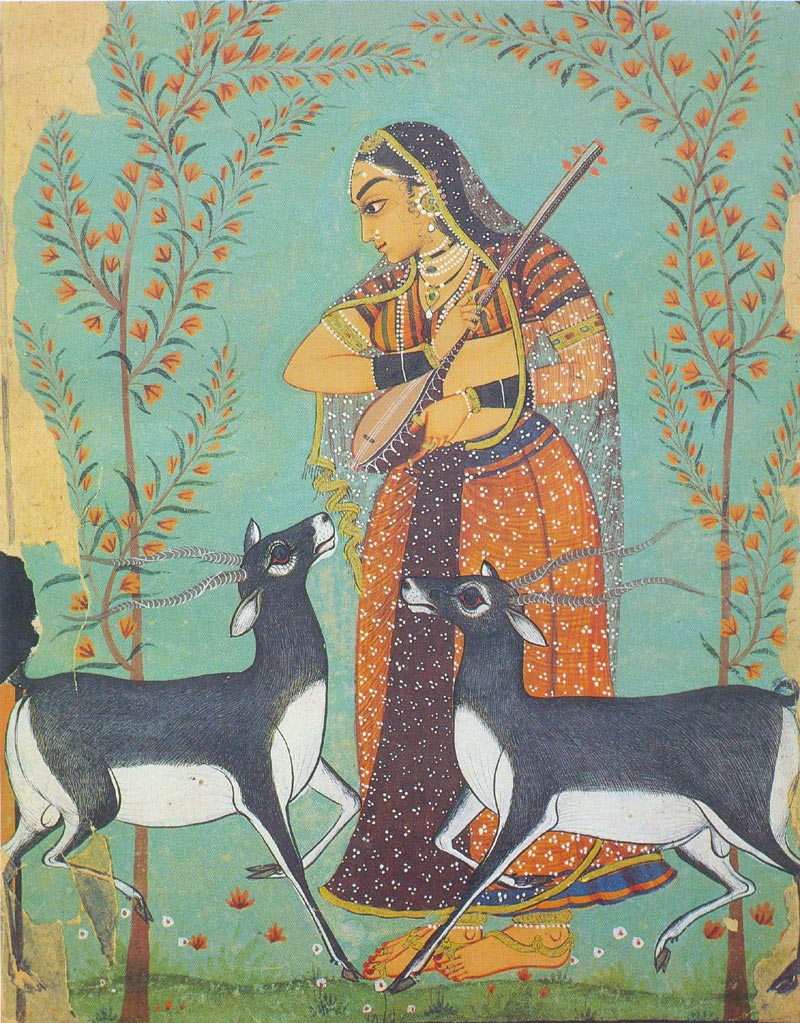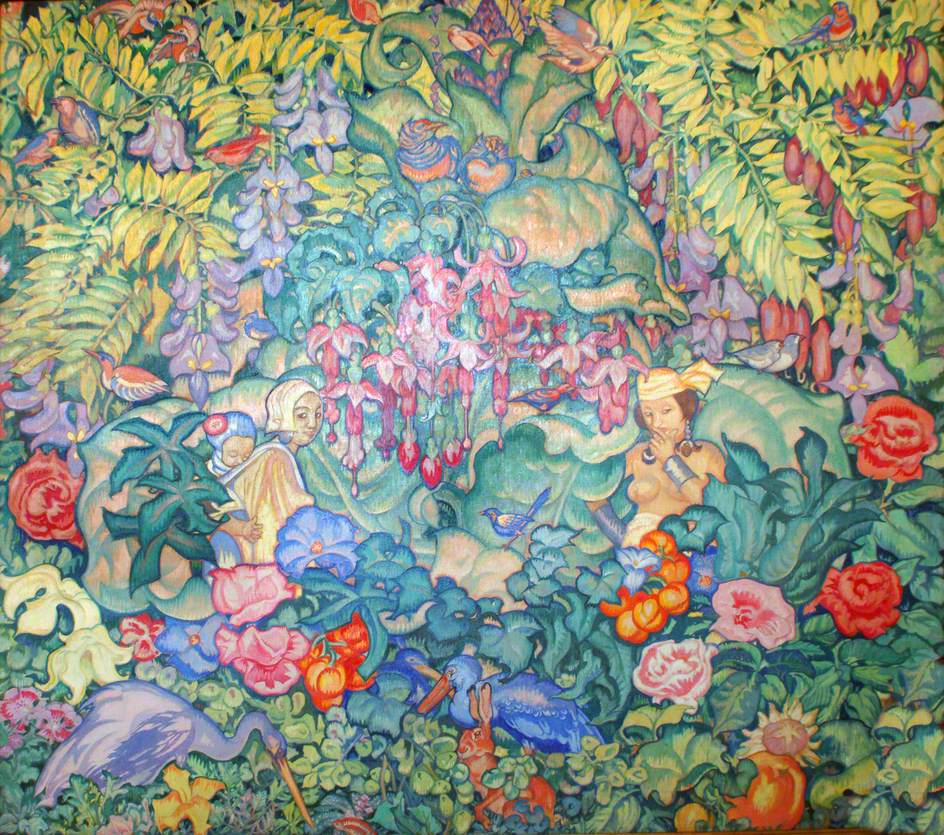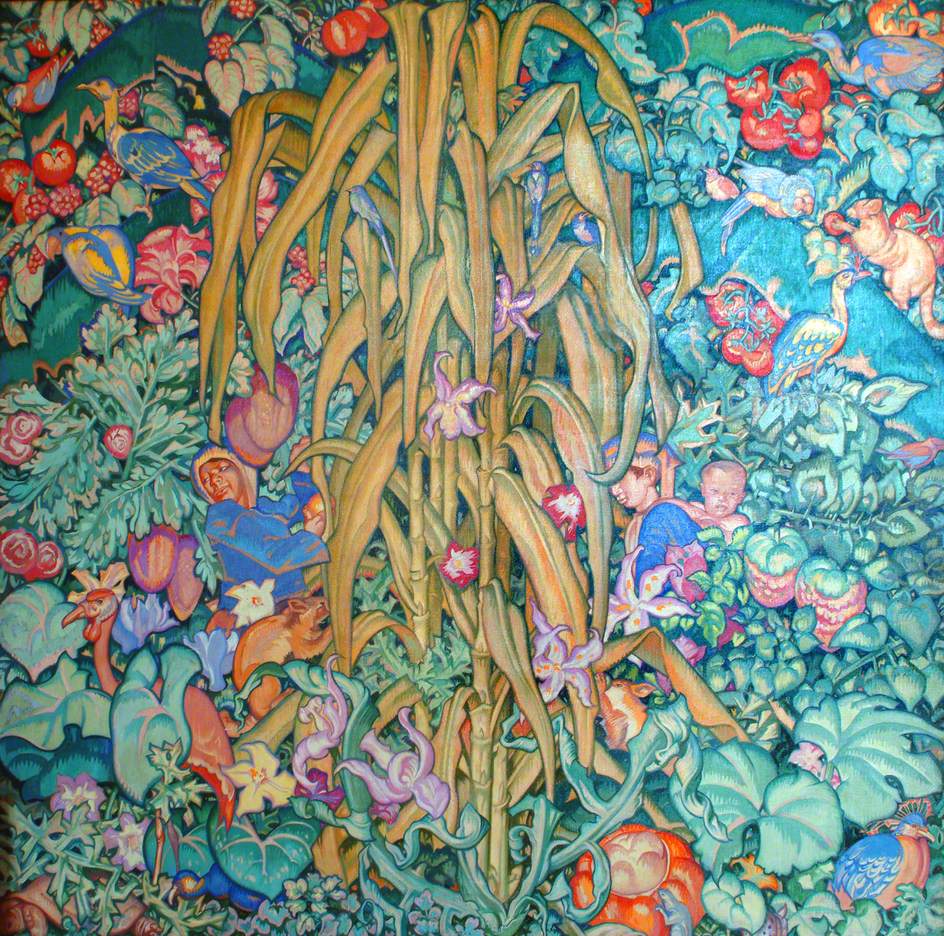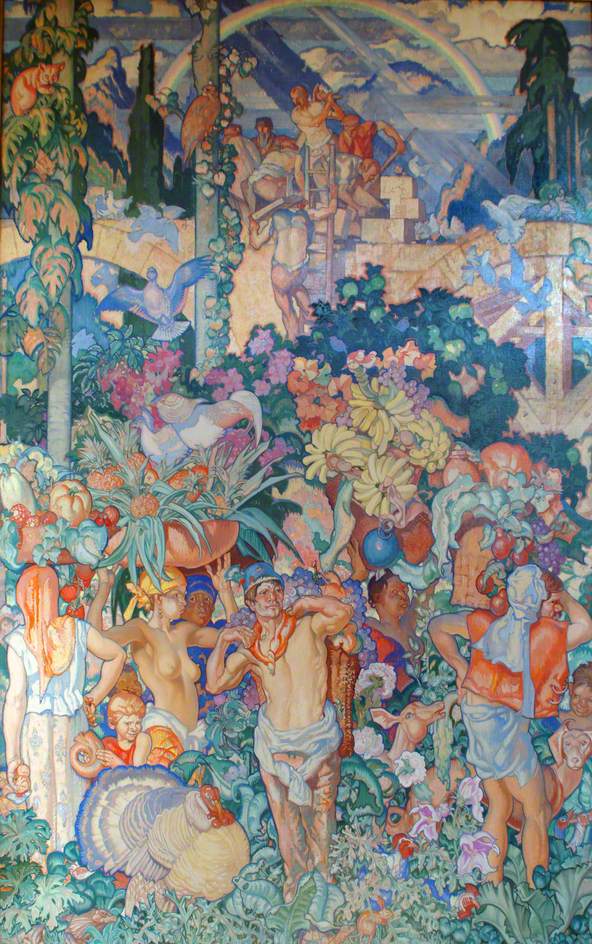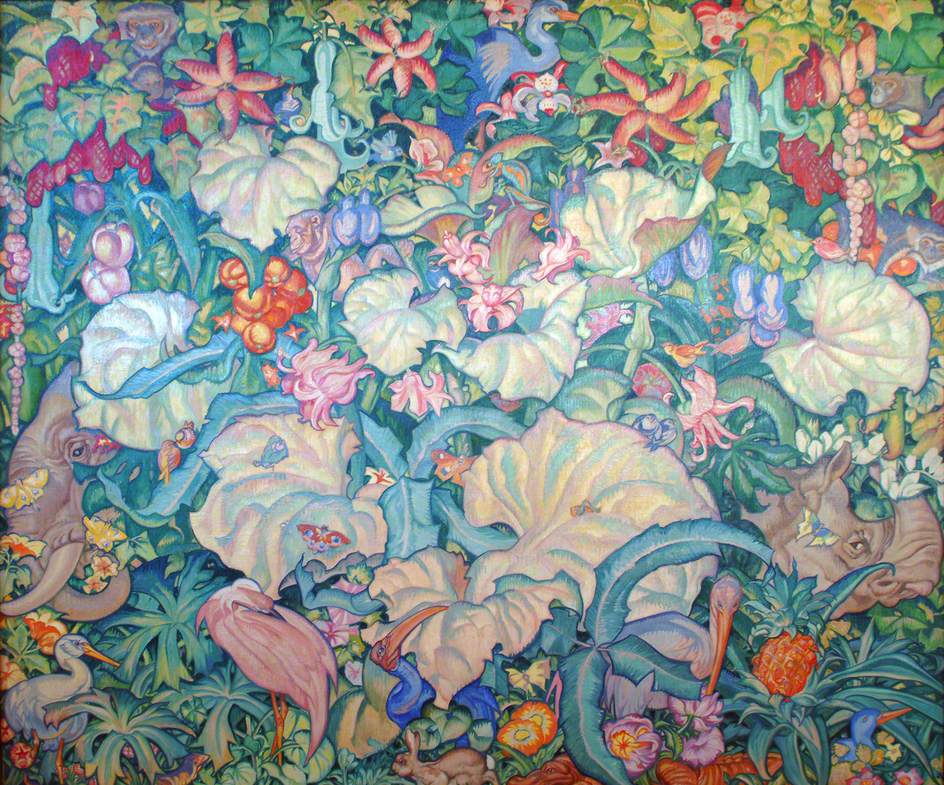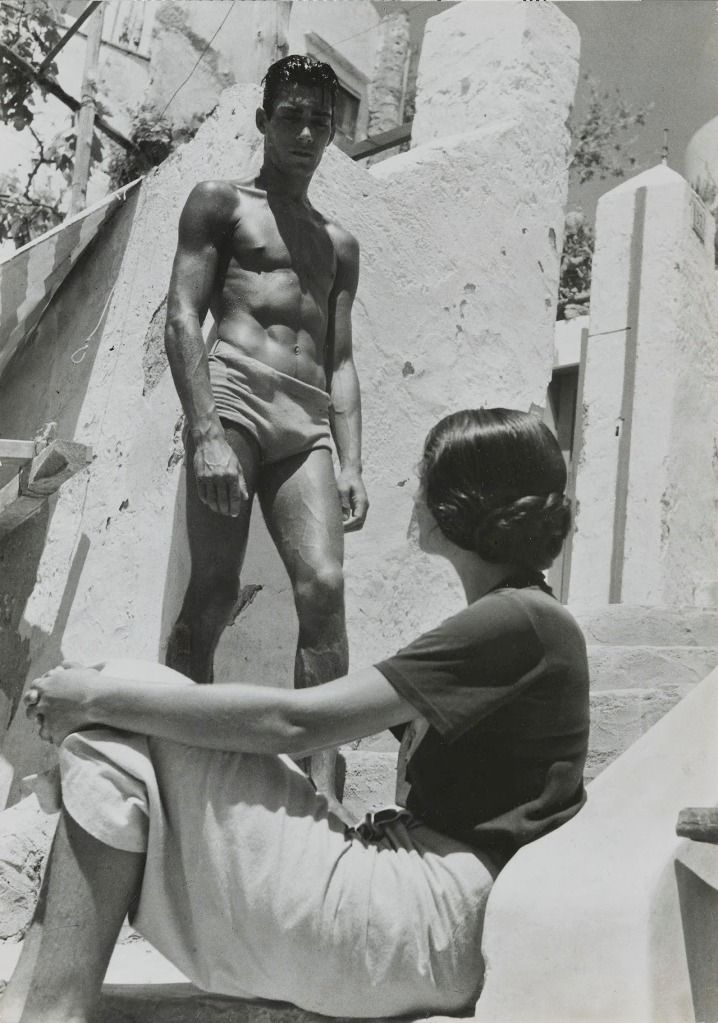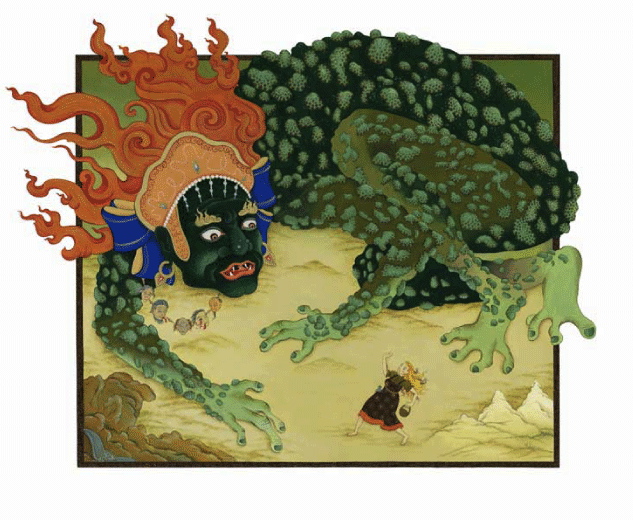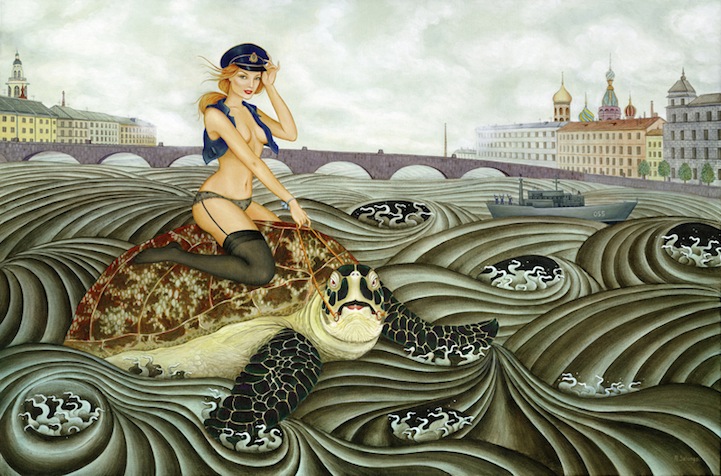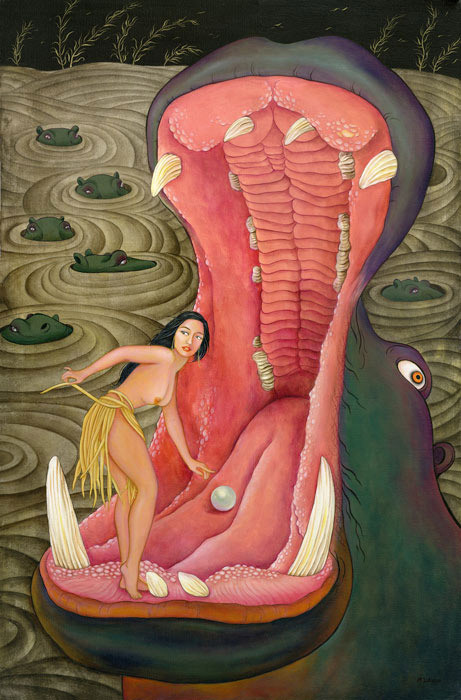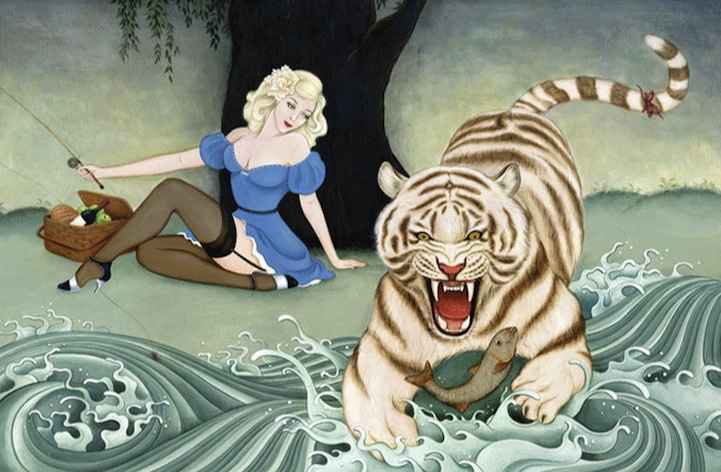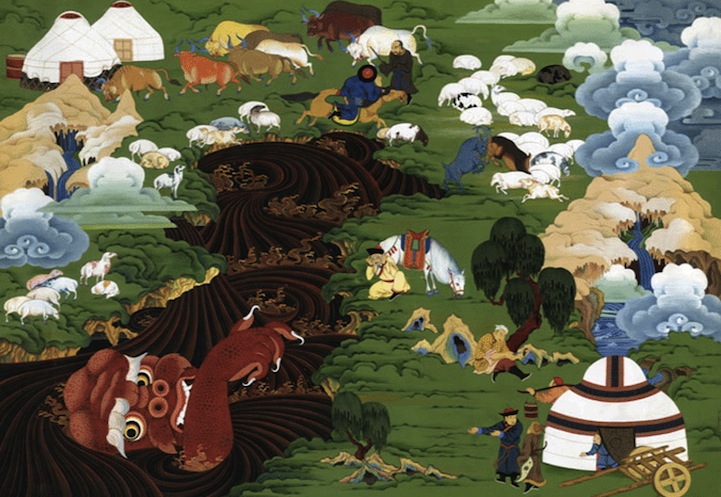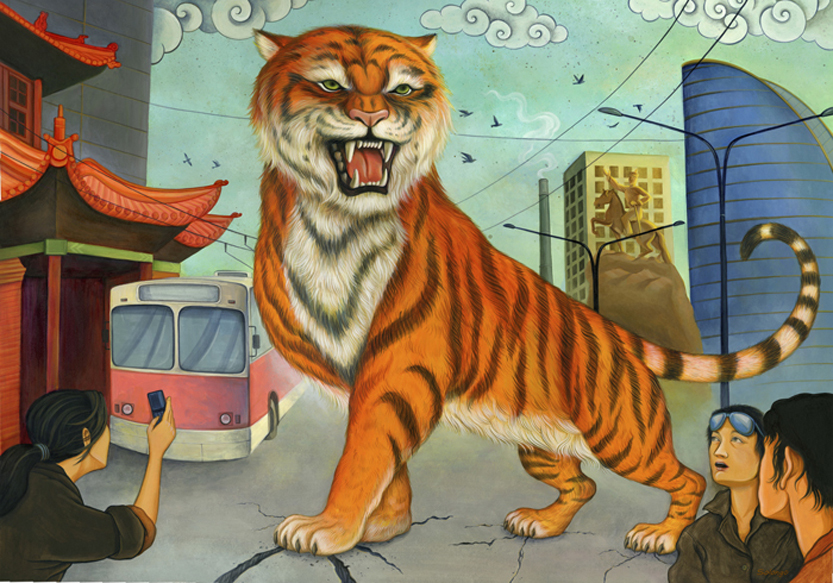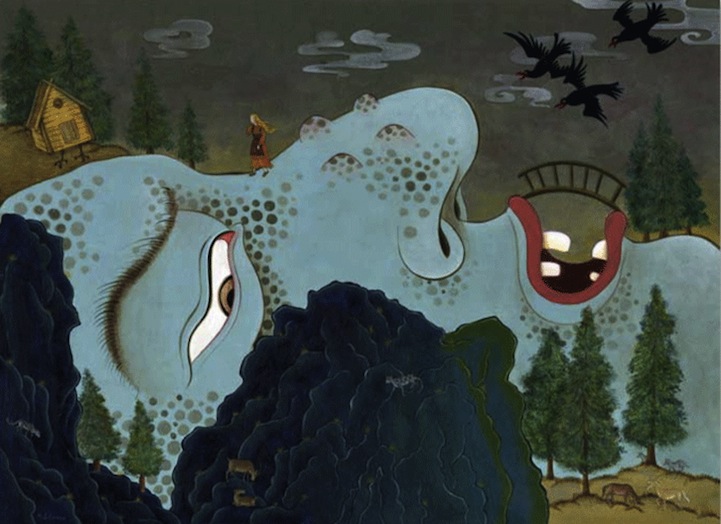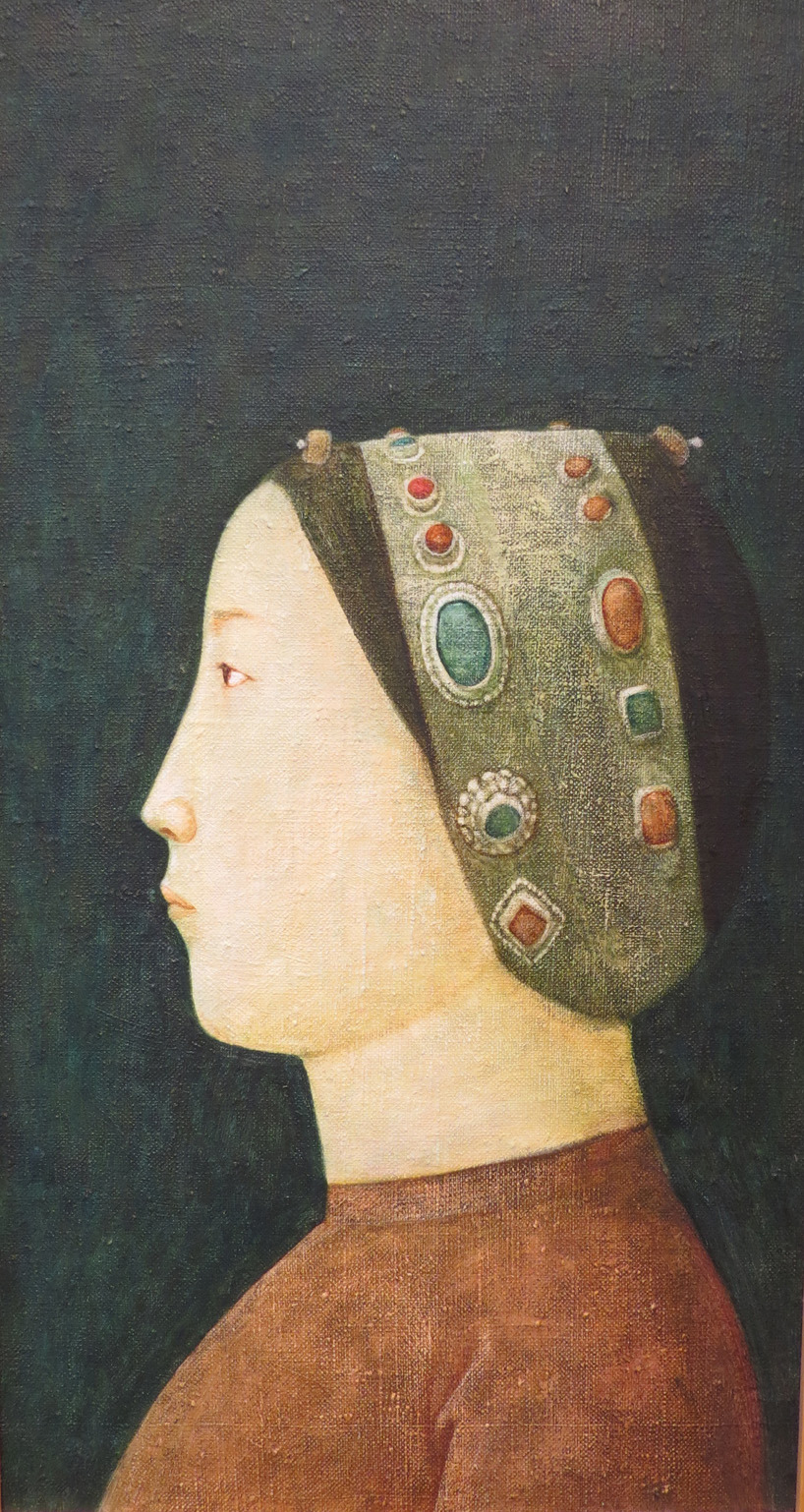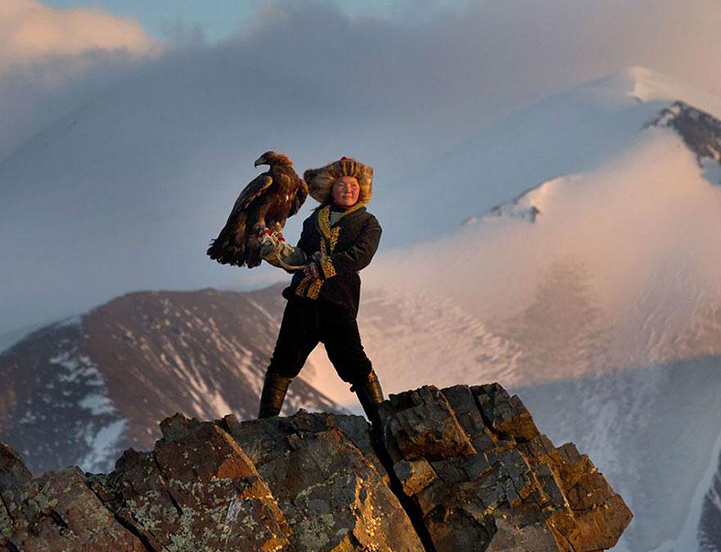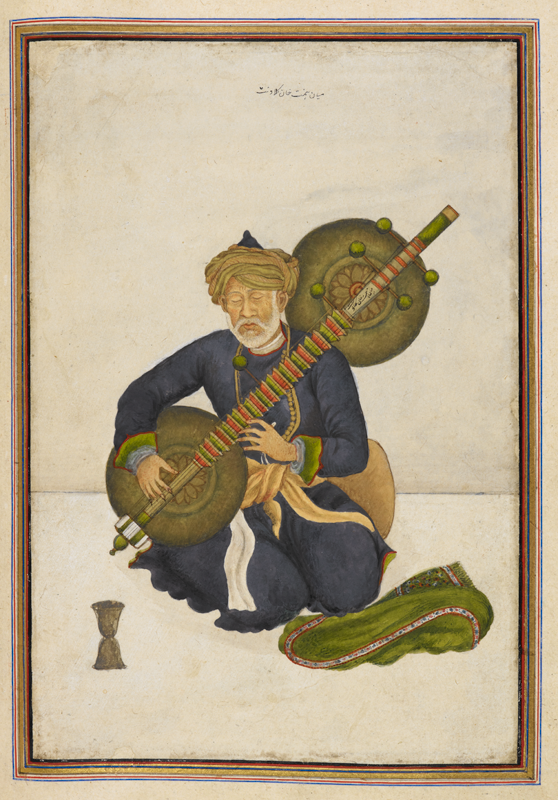So, a year or so ago, it was my 60th birthday. The present I gave myself for living this long,
St. Thomas, American Virgin Islands for 10 days on my own in a budget hotel. $69 per night in the
Bunker Hill Hotel with a marvelous breakfast included. It was heaven. Way better than I expected.
https://goo.gl/maps/O3PD4https://www.google.com/maps/place/St+Thomas,+00802/@18.3545804,-64.9522791,14z/data=!4m2!3m1!1s0x8c051a89dc0635b7:0x5d1280e7f1f697e4I wanted to do something fun and visiting the Caribbean is a favorite. I grew up there for 4 years from 1959 to 1962, in Jamaica and have visited 7 of the many Caribbean Islands, each one a gem in their own right. I love the extraordinary sea there, the warmth, the tropical beauty and the people. I wanted to go to a relatively safe island for a single female traveler, a hotel that was near town, since I don't drive I wanted to get around easily on foot or public transport, go to restaurants, to the beaches. My birthday falls inconveniently on Thanksgiving week, most of my friends were with family and I have none, live happily alone in NYC.
So I wanted to take the most affordable and best holiday possible. In case there are any other single women, or men, who want to take a holiday on their own, or couples or a family, I highly recommend St. Thomas and the Bunker Hill Hotel, which is about a 1 minute walk from the center of town, Charlotte Amalie.
The town of Charlotte Amalie has basically has one main street, Dronningens Gade, and tiny side streets, usually on extremely steep hills. This main street is about 5 blocks long. The tourists, visitors on the cruise ships from 9am to 4pm, usually walk about two blocks and also in the tiny, very pretty alleyways off the main street, which have many of the art galleries and nicer stores. The main street - the main two blocks of it - has the tourist jewelry stores that are famous, a few tourist oriented restaurants. After the two blocks the town becomes more local with a small handful of local restaurants, which have cheap and delicious food, there is a sweet, gentle souled Rasta man, Sky World is his nickname, who sells fresh coconuts, prepared so one can drink the coconut water, then scoop out the delicious fruit.
Charlotte Amalie is almost totally dependent on the cruise tourists, so after 4pm, when the cruise tourists return to their ships, the entire town shuts down. Most of the restaurants and bars stay open. After 4pm the island then belongs to the residents. It's wonderful.
The one minute walk from the Bunker Hill Hotel to the main street is lovely, past centuries old Danish colonial buildings in pastel colors, a marvelous local Caribbean curry restaurant, under lovely tropical trees. The big old post office is right there too.
Across the street from the hotel are two little local shops, convenience stores run by Palestinians, who are one of the several groups of immigrants on St. Thomas. From what I observed in ten days, the Palestinians run the taxis and small businesses. Indians run the main jewelry and tourist stores on Dronningens Gade in Charlotte Amalie, Caribbean immigrants from other islands run much of the island's infrastructure, restaurants and hotels.These two tiny, not typical tourist convenience stores, across from the Bunker Hill Hotel, have some locally grown fruit, all kinds of useful things, juice, soda, snack packages of biscuits, washing soap, cosmetics, tanning lotion, mosquito repellent, aspirin. Beer and cigarettes too. At night, a few locals hang out by these convenience shops and drink, smoke, talk and, in my experience, were nicely friendly, courteous. It's the custom on St. Thomas to greet strangers with "Good evening", "Good afternoon" or "Good morning". When one does this as a tourist, the locals appreciate it and are courteous in return. I felt completely safe with the locals as a single female traveler.
At the hotel front desk, I asked for a taxi-bus to be called which picked me up and drove me across the island to a beach I'd heard one can feed the fish by hand, Coki Beach, which became my very favorite.
Here's what it's like on Coki Beach. It's not my video but a good representation of the amazing sea life there. The water is pure heaven. I bought
a snorkel, mask and flippers on Amazon, a
lightweight backpack for the beach and spending the day out.
On Coki Beach you can rent a sturdy lounge chair for $5 a day. Staff from the various restaurants on the beach come by asking if you want something to drink or eat. There are fresh fruit smoothies, drinks, beach food, french fries. The locals make it very easy to go and just relax, soak in the sun and marvelous beauty of the place.
About three minutes' walk from the Bunker Hill Hotel is the ferry to the very near neighboring island, the tropical paradise of St. John, where the beaches are even more pristine. There is only a tiny touristic town on St. John and travel by taxi, usually shared with others. Staying on St. John would be great for a family with young kids, or a group of people on a boat but as a single traveler, I preferred the company, conversations and exploration of St. Thomas.
One of the many great things about the Bunker Hill Hotel is that it has, in my experience, the best restaurant,
the Sugar Cane Grille, on the island and a marvelous view too. Every meal I had there was excellent, the caliber of food I can get in an excellent restaurant in NYC. My favorite dinner was the signature salad of mixed organic salad greens, slices of pear, walnuts, cranberries, Gorgonzola cheese with raspberry vinaigrette dressing. Some nights I had this salad with grilled salmon. The chef, Alafia, is the daughter of the late owner. She is a superb cook as well as bartender. She is renovating the hotel, adding lot of lovely innovations, month by month, including this restaurant. On my birthday she gave me a delicious rum cake.
The Bunker Hill Hotel is family run. The father, who died, started the hotel. Apparently, the street the hotel is on was first called Bunker Hill, so that's how it got its name. The hotel is nothing special from the outside but once one walks up the two flights of stairs, it opens up and is really quite lovely, has several tiled terraces with two small swimming pools, one outdoor and one indoor, a restaurant, and a breakfast terrace. It's an unusual architecture.
Here are some photographs I took, starting at my arrival from NYC in Fort Lauderdale airport with the kinds of sweets one doesn't see in NYC.
My camera was the cheapest one I could get, so the photographs are not very good.
----------------------------
Under Fort Lauderdale airport skies.
Heading out of US territory over the Caribbean Sea. The bare bones Spirit Airline has comfortable seats. 17-3/4" wide, enough for my 60 year old amplitude. But the airline is VERY fussy about the size of the carry-on luggage, 22in x 18in x 10in, measured on the outside of the suitcase. Many suitcase manufacturers tell you the measurement of their luggage on the inside. Bring your own snack for the flight. First real glimpse of the Caribbean. so many shades of bluegreen blending in with that wonderful tropical sky.
Bye America.
Hello Caribbean islands. Would have liked a map at that moment to see which island was which.
Maybe those are the Bimini Islands?
I think that's Nassau.
I think that's Eleuthera Island?
Ahh. Anticipation.
Almost there.
Heading down to St. Thomas.
Through the clouds.
Big, fluffy, rain filled clouds. Hope it doesn't rain too much on St. Thomas.
Finally, St. Thomas below.
Wow. Late afternoon at St. Thomas airport. Free rum samples. Waiting for a taxi-van to fill up with other visitors, to drop us off at our various hotels. My driver tried to convince me to not stay at Bunker Hill, saying there was a murder there years ago, a police officer caught his wife cheating, shot her and her lover as they stayed at the Bunker Hill. But that's not the hotel's fault. I felt irritated with the driver but figured he was trying to get a kickback from another hotel. And, of course, I worried I'd made a mistake choosing a budget hotel.
Arrived at the hotel, had to carry my carry-on luggage up the two flights of stairs myself. No porter. I'm surviving several kinds of cancer, so I wasn't sure I could do it but it was okay and the concierge did help. Opened the door to my room and this was the view.
This was my room. It was spacious, had a small fridge, a tv, bedside reading lamps, an ironing board (!) and iron, little dining table, chairs. It smelled a bit musty for the first few minutes because the rooms are kept firmly closed to keep out any mosquitoes. The air conditioner once turned on took away the mustiness, which I think is part of tropical life in the tail end of the hurricane season, which is when I went in November, when the hotel rates are also lower.
Stepped out of the hotel room to take a look at the view. A golden sunset was a wonderful change from a NYC, cold November.
On either side of the hotel are tropical plants growing wild.
In the morning, I sat on the upper terrace to soak in that I had actually arrived and wait for breakfast. Gloriously sunny, warm. It's a beautiful terrace, very quiet, peaceful. Amazing views over the town and the sea. The outdoor terraces are where a person has wifi access to the internet on one's computer. So I could relax after a meal and check email and FaceBook
The town of Charlotte Amalie and the sea beyond from the breakfast terrace in the morning. Sublime.
Play of light reflected off the hotel's small swimming pool.
Looking up the steep hill from the hotel from the breakfast terrace. Lush, verdant hillside with tropical birds, wild iguanas, butterflies.
The tropical greenery is really exquisite.
Breakfast! Wow. A great breakfast included in the price of the hotel room of $69. Is that a happy breakfast or what! Excellent coffee, served with condensed milk, which is par for the course in the tropics. That neon colored juice was actually delicious passion fruit juice. Fresh fruit, whole wheat toast, butter, fruit jelly, eggs and bacon. That delicious breakfast was enough to last me most of the day. I could have just a light meal or snack for lunch, which saved me money too.
In the taxi-van I headed to Coki Beach with other people heading in that direction across the island. Before getting into the taxi, the rate must be asked and settled. Or else one will be over charged a few dollars.
Sumptuous, bright, tropical green countryside.
All kinds of palm trees, wild flowers. The first day of the trip was both looking at everything in wonder, enjoyment and decompressing from NYC.
![]() |
| Bunker Hill Hotel's marvelous restaurant, Sugar Cane Grille. Excellent food. My favorite was the salad with mixed greens, pear, walnuts and Gorgonzola cheese. Great for dinner, healthy and delicious. |
![]() |
| Magan's Bay with pelicans diving for fish |
![]() |
| Magan's Bay beach |
![]() |
| Hansen Beach, St. John |
![]() |
| Taking the ferry from St. Thomas to St. John |
![]() |
| Magan's Bay Beach, St. Vincent |
![]() |
| Magan's Bay beach, St. Vincent |
![]() |
| Magan's Bay beach, St. Vincent |
![]() |
| The public bathroom on Magan's Bay beach, St. Vincent |
![]() |
| The public bathroom on Magan's Bay beach, St. Vincent |
![]() |
| Walking toward Magan's Bay beach, St. Vincent |
![]() |
| Magan's Bay beach, St. Vincent |
![]() |
| Taking the public mini-bus from Magan's Bay beach, St. Vincent, back into town, Charlotte Amalie |
![]() |
| The marvelous concierge, Carlton, of the Bunker Hill Hotel in Charlotte Amalie. He's informative, friendly, helpful. |
![]() |
| One of the little local restaurants at the far end of Charlotte Amalie's main street. Affordable and tasty place for lunch. |
![]() |
| One of the little local restaurants at the far end of Charlotte Amalie's main street. Affordable and tasty place for lunch. Everything fresh and delicious. |
![]() |
| One of the little local restaurants at the far end of Charlotte Amalie's main street. Affordable and tasty place for lunch. |
![]() |
| One of the little local restaurants at the far end of Charlotte Amalie's main street. Affordable and tasty place for lunch. |
![]() |
| One of my favorite locals, Sky World, who sells fresh coconuts, sings, plays guitar and offers sage advice. He's off the main street in Charlotte Amalie. |
![]() |
| One of my favorite locals, Sky World, who sells fresh coconuts, sings, plays guitar and offers sage advice |
![]() |
| Magan's Bay beach, St. Vincent |
![]() |
| Getting on the ferry from Charlotte Amalie to St. John. About a 5 minute walk from the Bunker Hill Hotel |
![]() |
| Heading to the beach by taxi on St. John |
![]() |
| Heading to the beach by taxi on St. John |
![]() |
| Heading to the beach by taxi on St. John |
![]() |
| Hansen beach snack shack, St. John |
![]() |
| Local dove at the snack shack on St. John |
![]() |
| Outdoor snack shack at Hansen beach, St. John |
![]() |
| Trunk Bay beach is exquisite. St. John. |
![]() |
| Trunk Bay beach trees and rocks, St. John |
![]() |
| Chicken and potatoes cafe in St. John town, affordable lunch |
![]() |
| My table mate at the little cafe on St. John |
![]() |
| In one of the narrow alleys off the main street in Charlotte Amalie |
![]() |
| In one of the narrow alleys off the main street in Charlotte Amalie |
![]() |
| In one of the narrow alleys off the main street in Charlotte Amalie |
![]() |
| Bunker Hill Hotel from the street. It looks small from the front but actually is much larger in back. One has to carry one's own suitcase up the steps. |
![]() |
| The little patio in front of my room, which overlooked the little swimming pool. |
![]() |
| A green walkway on the side of the hotel. |
All the body care products I took to last 10 days. I used everything. A variety of mosquito repellents, Benadryl spray for mosquito bites, suntan lotion, skin cream, medication. Flippers, snorkel, mask, camera and charger.
![]() |
| The Bunker Hill Hotel handyman. |
![]() |
| The Bunker Hill Hotel handyman. |
![]() |
| My favorite salad at the Bunker Hill Hotel's excellent restaurant. |
![]() |
| Last day, overcast weather by the little swimming pool |
![]() |
| Charlotte Amalie airport |
![]() |
| Charlotte Amalie airport |
![]() |
| Adequate seat on the plane home to NYC nobody sitting next to me. Rested, tanned and happy. |












































































